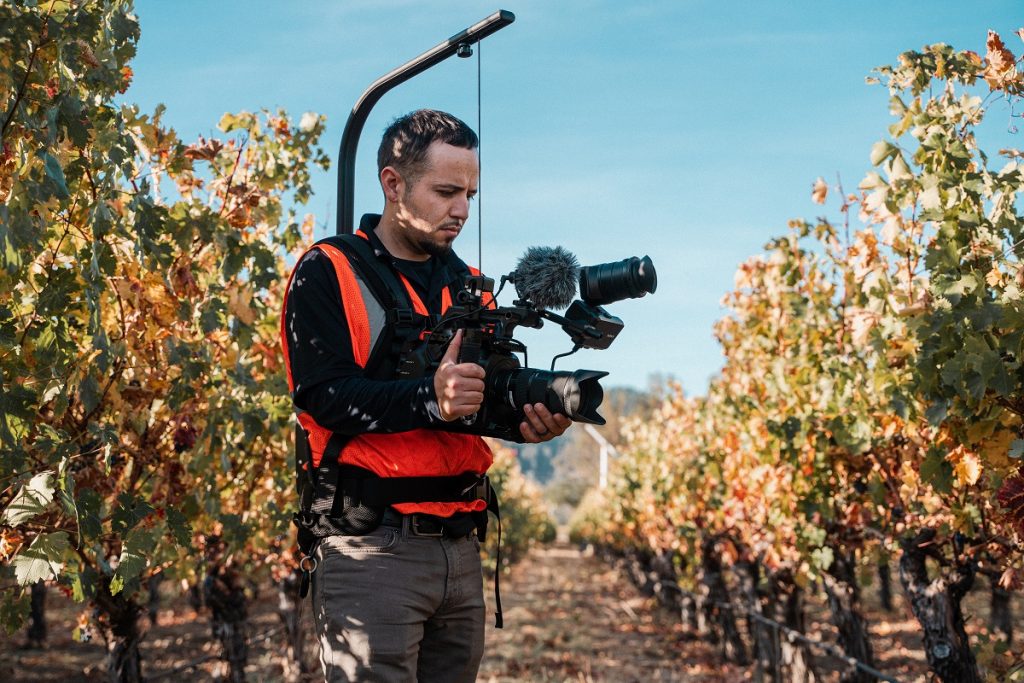Most of us grew up watching Planet Earth. We love it when Sir David Attenborough’s cinematic storytelling narrates the story of the environment. Nature documentaries make it possible for us to understand nature further. They give us a glimpse of the intricacies of the world that we’re not usually privy of.
Through nature documentaries, we get to know nature in ways we won’t even expect to. It’s our way of exploring the vast expanse of the North Pole and seeing polar bears live their days on the ice. It’s our way of diving into the deep sea and seeing the whales that hide from the rest of the world.
We humans must be familiar with the environment in this way. The intimacy of it raises our awareness about climate change and other struggles of the environment. It fuels our desire for conservation. But we can’t help but be curious. How were these documentaries even made in the first place?
Hidden Cameras
Sometimes, the best way to capture animals in the wild is by making sure that humans’ presence is unknown. Camera operators and producers of nature documentaries have to make sure that they don’t disturb them in their natural habitats. And the best way to do that is through hidden cameras. It’s similar to installing security cameras—it’s there to be on standby and wait for the action to come.
It’s how the Siberian tiger was filmed in such an intimate way in Our Planet on Netflix. These tigers are notoriously elusive. It also didn’t help that they are endangered. So the filmmakers installed hidden cameras all over the forest in Siberia where the tiger dwells. Then they waited for the tiger to come to them.
Drones
No matter how creative and clever filmmakers are with their hidden cameras, there really are some parts of nature that can’t easily be accessed. That is until the drones were invented and became popular.
This is how the footage in the jungle was filmed for Planet Earth II. Ninety percent of animals in the jungle live not on the ground. Rather, they live in the canopy of the treetops. Seeing as the production crew can’t just put camera operators on the canopy, they turned to drones. They captured on film birds, monkeys, and other animals that dwelled in the jungles of Costa Rica through this.
Computer-Generated Imagery (CGI)
Although cameras and the tricks of the trade have developed through the years, there are still some parts of nature that we can’t truly capture on film. Sometimes, it’s because the ocean is so deep, we can’t send a camera down there to film the smallest forms of life. Sometimes, it’s because of the timeline. We can’t expect viewers to be interested in watching a tree grow from start to finish.
This is where computer-generated imagery (CGI) comes in. It shows nature’s processes that are impossible to film with a camera. This is how the changes in the earth’s ice formations were visualized on Frozen Planet. Filmmakers also use CGI to enhance the footage that they do take. They remove features such as a plane’s jet stream in the atmosphere. They edit out things like this to remove any distractions from the subject of the documentary.
Enhanced Sound
Sound is an essential part of films. Even silent films have sound through music and other sound effects. So it’s also crucial in nature documentaries. But it’s incredibly difficult to capture sound when filming nature. This is because, when filming nature, camera operators are often zooming in to capture the subject. But it’s not like microphones could zoom in as well.
So filmmakers add sound to their films to complete the overall effect of the documentary. The creators of Planet Earth II admitted to adding sound that they created in a studio.
Filmmakers Immersing in Nature

Even with all the camera equipment and tricks that filmmakers can choose from, nothing could compare to truly immersing themselves in nature to capture their film subjects. This is the life of a wildlife photographer and filmmaker. They blend in with nature, wearing camouflage and staying quiet at all times. But their cameras are on the tripod or in their hands, ready to shoot.
They get to interact with nature in ways that we can’t, so long as they follow a code of ethics that doesn’t harm animals in the name of filmmaking.
Knowing the secrets of nature documentaries often leave audiences disillusioned. Many of us like to think that everything that happens in a nature documentary happened in real life and in real-time. But these are still films. And part of filmmaking’s aim is to capture the audience and keep them engaged. But we must remember that, in the end, the ultimate goal is for us to get to know nature better.












